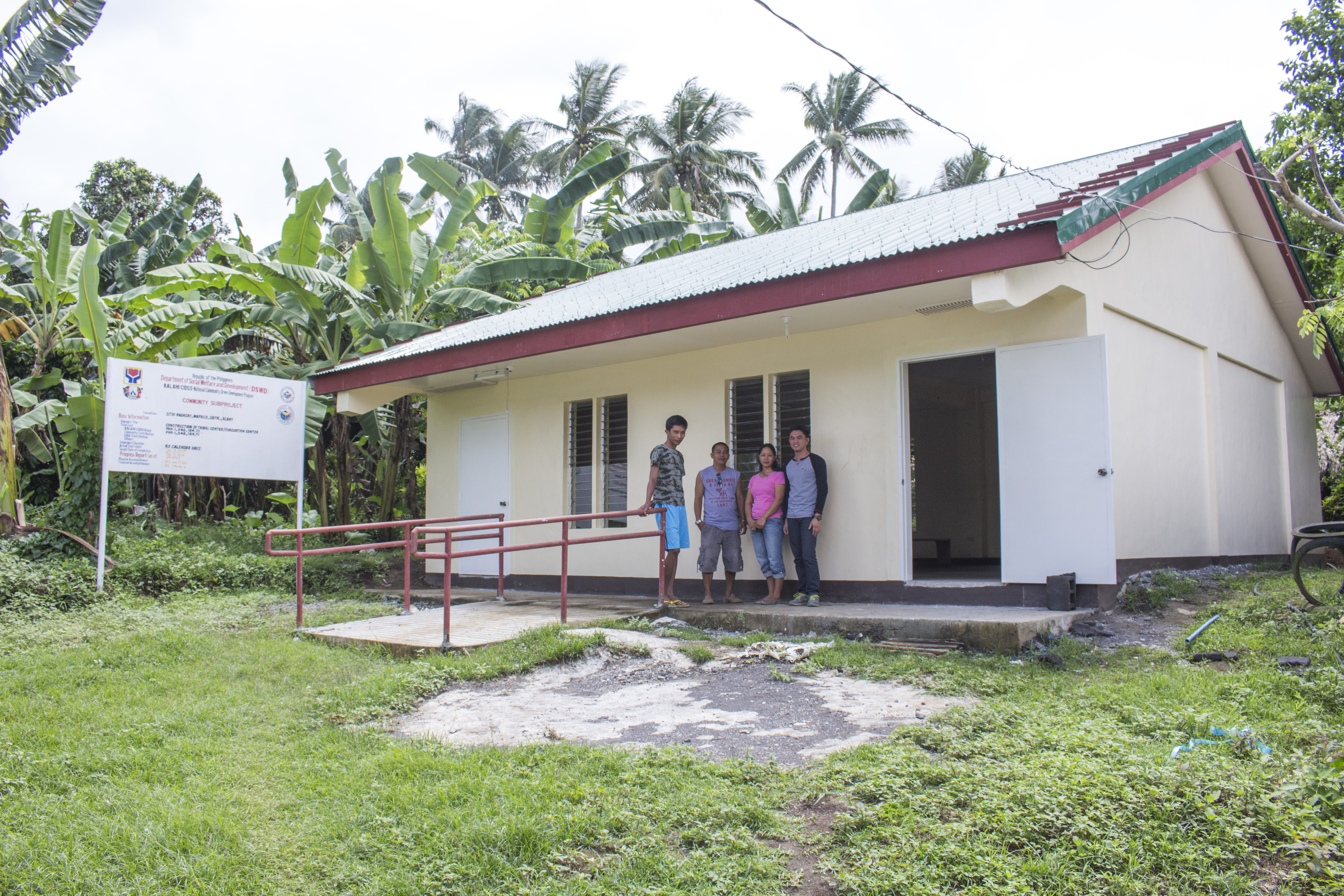 Mapaco is one of the 44 communities of Guinobatan, a first class municipality. The said village is located at the mid upland area of Guinobatan where the lush mountains provide food, shelter and livelihood to its 1,815 inhabitants.
Mapaco is one of the 44 communities of Guinobatan, a first class municipality. The said village is located at the mid upland area of Guinobatan where the lush mountains provide food, shelter and livelihood to its 1,815 inhabitants.
Indigenous People (IP) or the Agta Tabangnon from Baao and Iriga City in Camarines Sur were brought by a land owner named Martin Garcia to Guinobatan to work as farmers according to Alberto Mota, an IP resident of Brgy. Mapaco in the said town.
At present, there are 18 IP households in Barangay Mapaco who live in Purok 5, Sitio Ragacay. Most of their relatives inhabit the neighboring village, Malabnig, where there are 35 households.
Mapaco. 11 kilometers away from Guinobatan town center, remains poor because its residents solely rely on planting crops where the cost of hauling is expensive, thus, would takes home a meager amount for their families.
The Kapit- Bisig Laban sa Kahirapan-Comprehensive and Integrated Delivery of Social Services (Kalahi-CIDSS), a DSWD program that seeks to help alleviate poverty through community-driven development (CDD) started in Guinobatan in 2014.
During the same year, Guinobatan conducted the Damage Assessment and Needs Analysis (DANA) to its 44 villages to know what are the projects needed by the communities affected by Super Typhoon Yolanda and Typhoon Glenda. As a result, PhP29,500,000 was poured into 38 community-identified sub-projects funded under the said program.
In Mapaco, they proposed to have a multi-purpose hall that will serve as a day care center, tribal center and at the same time an evacuation center for those people who live in Purok 5. The said building amounting to Php1,046,184.71 was completed last June 22, 2016 with a total of 103 households as beneficiaries.
Makeshift houses of the IPs are destroyed or damaged every time there’s a strong typhoon. According to Mota, they would build a conical tent like a tipi to serve as their temporary shelter during typhoons because their lives are in danger if they would stay in their houses.
“Halos ubos na bagyo tigamati namun ta malang kusog ning paros ta yan na balay namun, maluya sanang paros naga yugo-yugo na (We can always feel the impact of storms because even a light wind can shake our house),” Mota added.
He also recalled that his family transferred to his parents’ house at the height of Typhoon Glenda in July 2014 because their house was unsafe. But the powerful winds blew the roof off his father’s house and left them under the table to avoid from getting drenched.
Through the bayanihan efforts of the villagers, the multi-purpose building was almost complete by the time Typhoon Nona struck Bicol in December 2015. More than 100 persons including the IPs occupied the concrete building to keep them safe from destructive winds and downpour.
“May nagubang mga balay nung Bagyong Nona maray ta ayo na kami nasirungan (A house was ruined during Typhoon Nona. Good thing we found shelter [in the evacuation center]),” Mota said.
The construction was managed by the residents elected as volunteers during the Barangay Assembly.
Line Pabelonia, a volunteer for the construction of the multi-purpose building, said that she learned how to manage and implement a project through trainings and seminars from Kalahi-CIDSS.
“Grabeng pagal ang pagkagibo sadi, Ukon sana su pagpatrabaho kundi su pagparalakad ning papel na inasikaso ning mga volunteers (The hard work is not only during the construction but also when facilitating the documentary requirements done by the volunteers),” Mota said.
Moreover, the students of the Day Care Center will transfer to the multi-purpose building for a more conducive place for learning.
According to the Jerom Jacob, the DSWD Community Empowerment Facilitator assigned to assist Mapaco, repairs were made by the barangay council after Super Typhoon Yolanda destroyed the Mapaco Day Care Center in 2013.
“Dakulong tabang yading evacuation center lalo na sa mga IPs dahil wara man sindang ibang dudulagan pag ayo bagyo kundi didi sa evacuation center (The evacuation center is a big help to the IPs because the only place they can seek shelter is in the evacuation center),” Pabelonia added.
Mota and the rest of the IPs in Mapaco and Malabnig will also use the building as their tribal center where they can conduct meetings, seminars and other gatherings.
“The multi-purpose center in Mapaco, Guinobatan is one of the 4,353 community-managed sub-projects from 2002 to present in 103 municipalities and three cities in Bicol where citizens’ needs are prioritized and responded to by involving them directly to the development process,” DSWD Dir. Arnel Garcia added.
